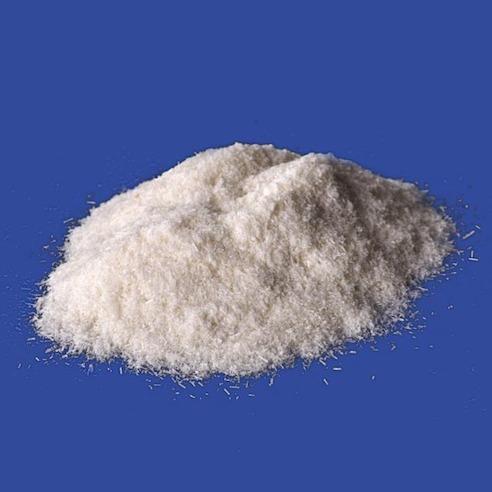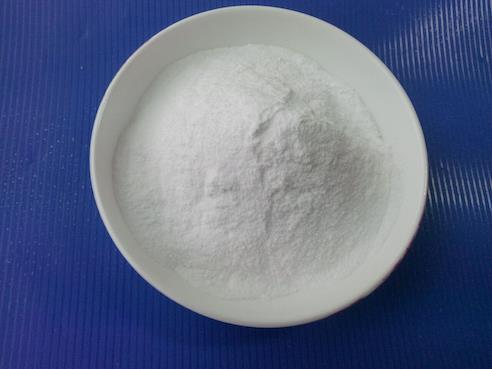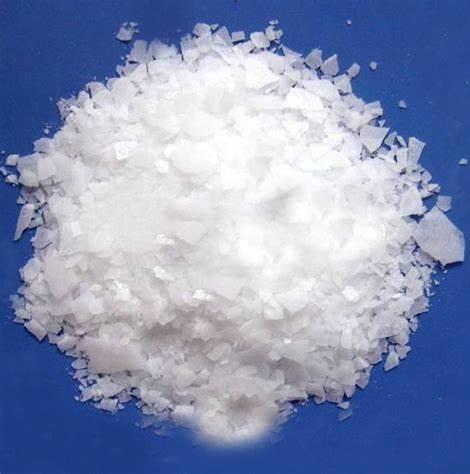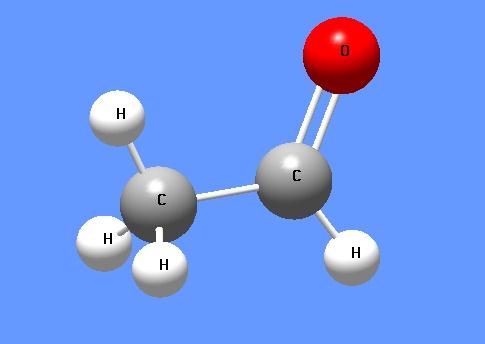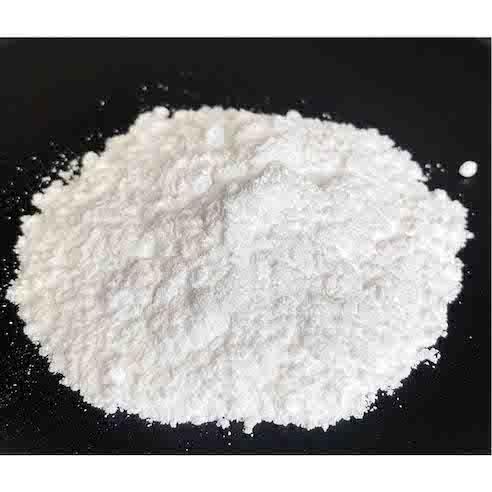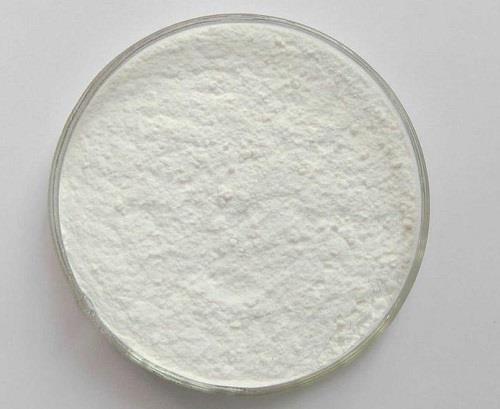The organic raw materials are petrochemicals made of petroleum and natural gas, and the industries of various organic chemical products are produced or fractionated by the raw material gas after coal gasification and the coal tar recovered by dry distillation. In China's organic chemical industry, the first acetylene route from coal-based calcium carbide, coalification to methanol, formaldehyde route and recovery of coal tar in benzene, naphthalene, anthracene and other routes and the use of grain as raw material fermentation distillation to produce alcohol routes. Organic raw materials are widely used and can be divided into three aspects: one is the raw material used to produce polymer chemical products, that is, the monomer for polymerization; the other is used in other organic chemical industries, including raw materials for fine chemical products; Used in solvents, refrigerants, antifreezes, gas adsorbents, etc. Basic organic chemicals are the basis for the development of various organic chemical products and are a major component of modern industrial structures.
ETHYLENE OXIDE: Applications and accidents
Ethylene oxide, also known as oxane, ethylene oxide, and ETO, it is a strong alkylating agent that can readily react with cellular nucleophiles to inactivate a variety of cellular macromolecules.
May 22,2023 Organic ChemistryAdenine: Biosynthesis, production and function
Adenine is one of the two purine nucleobases (the other being guanine) used in forming nucleotides of the nucleic acids. It was sometimes called Vitamin B4
May 16,2023 Organic ChemistryTantalum(V) chloride: Preparation and Application
Tantalum(V) chloride is an inorganic compound with the formula TaCl5. It takes the form of a white powder and is commonly used as a starting material in tantalum chemistry.
May 15,2023 Organic ChemistryEthylenediaminetetraacetic acid: Application, toxicity and environmental fate
Ethylenediaminetetraacetic acid was developed by Franz Munz in Germany during the 1930s as an alternative to citric acid. EDTA is used as a food additive, in herbicides, and pharmaceuticals.
May 9,2023 Organic ChemistryBenzophenone:Uses,Exposure,Disposal
Benzophenone is a white solid with a sweet floral smell, with a characteristic smell, practically insoluble in water, but more soluble in organic solvents.
Apr 25,2023 Organic ChemistryHealth Effects of Acetaldehyde
Acetaldehyde is a substance that is produced in the human body during metabolic processes, for example when the body breaks down alcohol. The taste of acetaldehyde is described as fresh with a fruity
Apr 3,2023 Organic Chemistry(1R,4R)-4-(tert-butoxycarbonylamino)cyclopent-2-enecarboxylic acid:Synthesis,Application
The (1R,4R)-4-(tert-butoxycarbonylamino)cyclopent-2-enecarboxylic acid contain an α-BOC-amino group, which can be used to access α-BOC-aminoketones.
Mar 28,2023 Organic ChemistryBis(cyclopentadienyl) zirconium dichloride catalyzed acetylation of phenols, alcohols and amines
Bis(cyclopentadienyl)zirconium dichloride has been regarded as one of the stable non-hazardous organometallic compounds and ideal catalyst for catalytic applications as evidenced by its applications i
Mar 16,2023 Organic ChemistrySodium Pyrithione: Toxic Effects, Modes of Action and Mechanism of Action
Sodium pyrithione is used as a broad spectrum biocideespecially against fungi and gram positive and gram negativebacteria in metal-working fluids.
Mar 15,2023 Organic Chemistry1,4-Butynediol:Solubility,Reactions,Safety
1,4-Butynediol also called 2-Butyne-1,4-diol,is a white crystalline solid, was first preparedin 1906 by the action of acetylenedimagnesium bromide on formaldehyde.
Mar 10,2023 Organic Chemistry




